Great Smoky Mountains National Park
By Teresa
What is Great Smoky Mountains National Park?
Great Smoky Mountains National Park is a magnificent and sprawling protected area in the eastern United States. The park straddles the border between Tennessee and North Carolina.
Disclosure: This article contains affiliate links. Making a purchase through an affiliate link will mean a small commission for this website. This will not affect your price. Privacy policy.
Encompassing over 800 square miles (2,072 square km), it is one of the largest and most biodiverse national parks in the United States. The park is renowned for its stunning and mist-covered mountain ranges – from which it derives its “Smoky” name – and its lush, dense forests that showcase a diverse array of plant and animal species. In particular, its “level of floristic diversity [ ] rivals or exceeds other temperate zone protected areas of similar size.” It even has 31 species of salamanders.
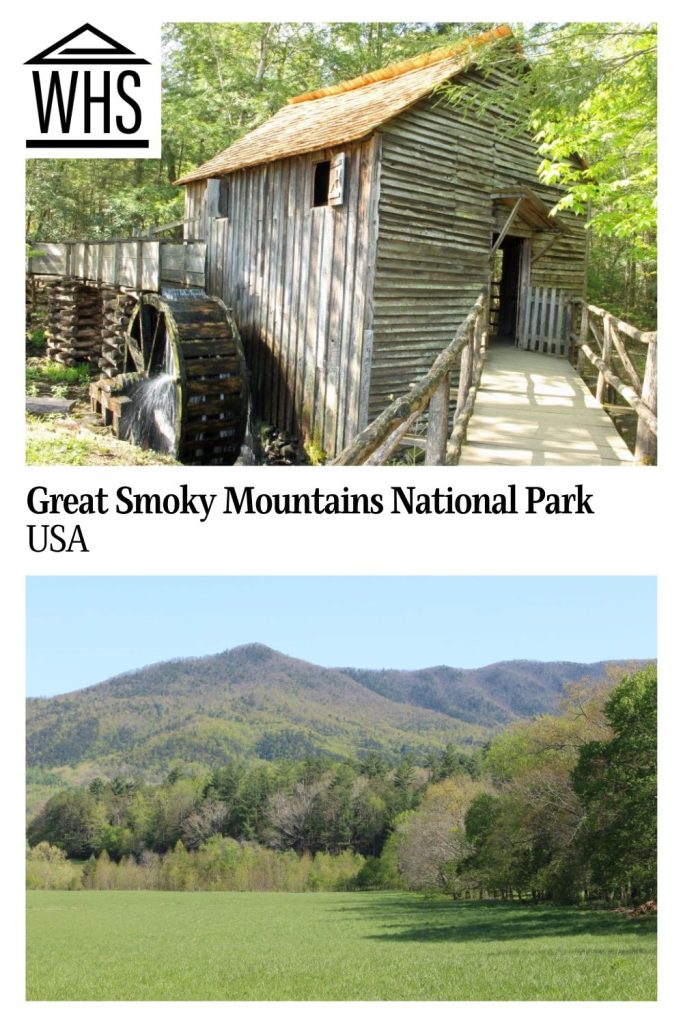
Why is Great Smoky Mountains National Park a UNESCO World Heritage site?
The Great Smoky Mountains National Park is important as a major refuge in North America for a wide variety of plant and animal species that have managed to survive the challenges of the past.
Notably, the park contains the largest remaining portion of the diverse Arcto-Tertiary geoflora era anywhere in the world. This geological period offers valuable insights into the plant life during the late Pleistocene era. To read more about this, consider visiting UNESCO’s website.
See other UNESCO sites in the US here.
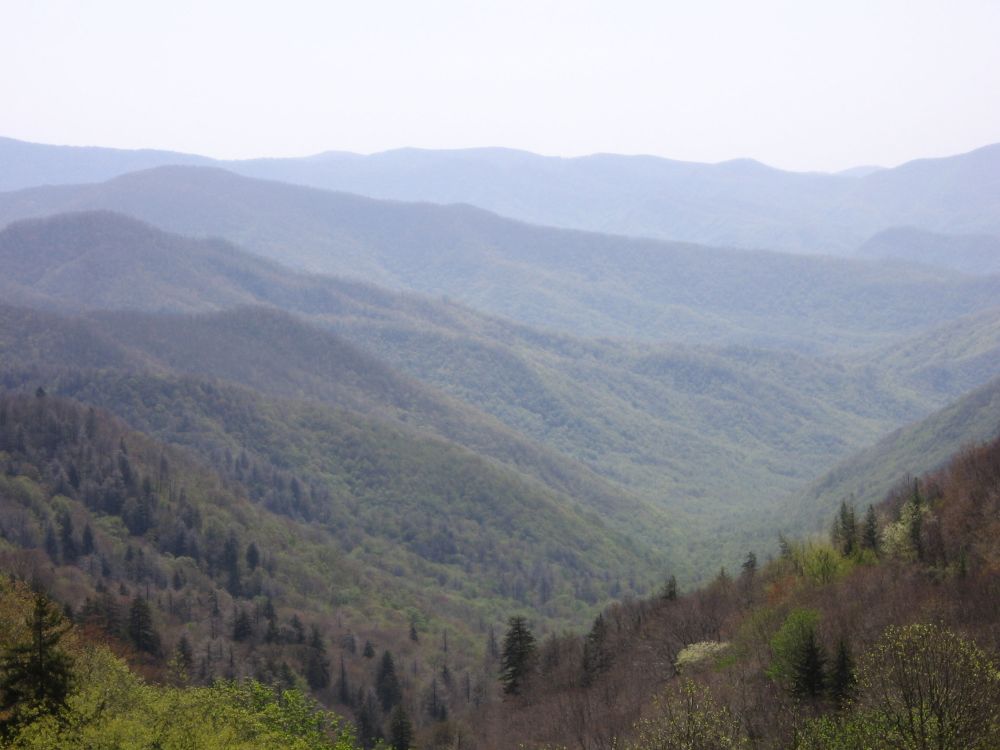
What can you expect on a visit to the Great Smoky Mountains?
Visiting Great Smoky Mountains National Park is an awe-inspiring and unforgettable experience. As you drive along the winding roads, you’ll be greeted by breathtaking vistas of the mist-shrouded mountains that seem to stretch endlessly into the horizon.
With around 850 miles (1,368 km) of trails ranging from easy strolls to challenging treks, we’ve not yet found one we didn’t enjoy. Exploring these paths allows you to immerse yourself in the park’s diverse landscapes. The Roaring Fork Motor Nature Trail is packed with waterfall hikes and is very close to Gatlinburg.
If you enjoy wildlife, consider visiting the Cades Cove area of the park. The 11-mile (18 km) loop has historic buildings and provides excellent opportunities to spot wildlife. We’ve seen more black bears in this part of the park than anywhere else.
As the sun sets, the Great Smoky Mountains come alive with vibrant hues of orange and pink. As the evening deepens, the night sky reveals a mesmerizing display of stars, thanks to the park’s status as an International Dark Sky Park.
If you visit in the spring, you’ll be treated to plenty of wildflowers; in the fall, the changing leaves put on a show.
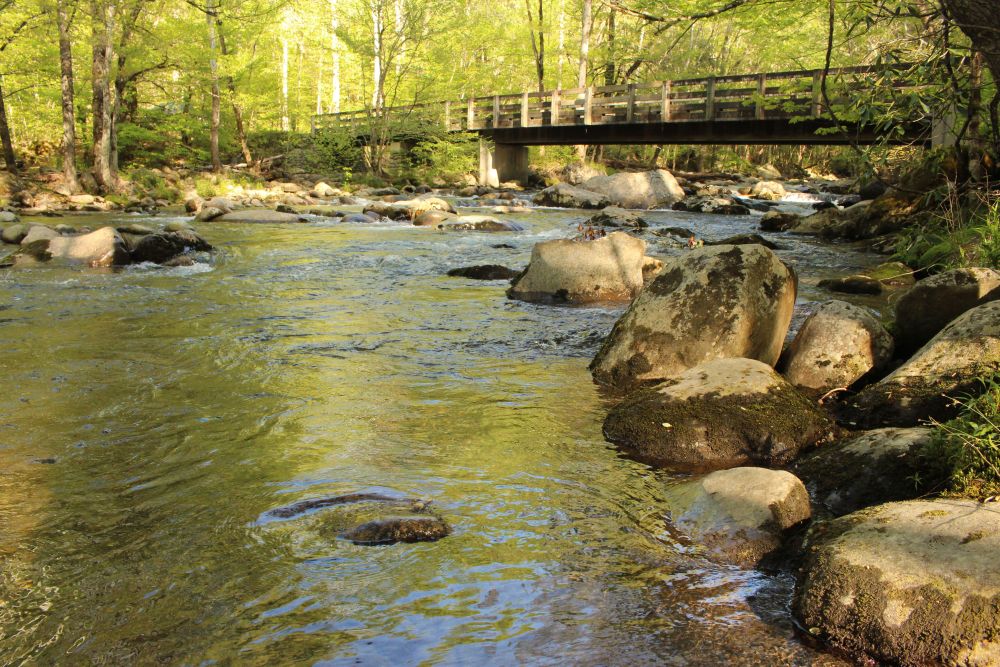
Is Great Smoky Mountains National Park worth visiting?
The park is worth visiting and even making a special trip to. With its stunning landscapes, rich biodiversity, and countless opportunities for outdoor activities like hiking and wildlife watching, the park offers an unforgettable experience.
Consider spending at least two days to explore the park. Ideally, spend a week or more exploring the park’s diverse trails, scenic drives, and historic sites. If one park area feels congested, head to a lesser-known region, like Cosby, Greenbrier, or Cataloochee Valley.
If camping isn’t for you, use the map below to find accommodations near the park:
What sorts of travelers would like Great Smoky Mountains National Park?
Great Smoky Mountains National Park appeals to many travelers due to its diverse offerings. Besides all the fantastic hiking opportunities, birdwatching is a popular activity, as is photography.
The park is also brimming with Appalachian heritage. Visit the well-preserved historic buildings and artifacts found in places like Cataloochee Valley.
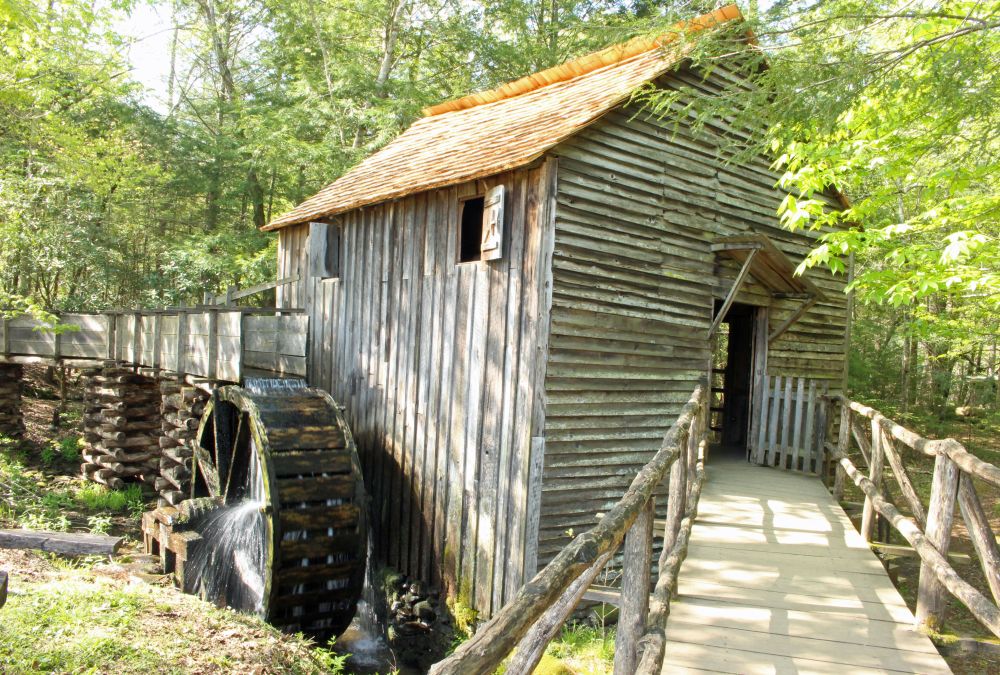
Tips for visiting Great Smoky Mountains National Park
While the park does not charge an entrance fee, a parking pass tag is now required if you plan to park at any location for more than 15 minutes.
Being the most visited National Park in the United States, the park can get busy. Plan to arrive at your pre-planned destination early if it is a popular spot, like Clingmans Dome, Laurel Falls, or Cades Cove.
Make sure to have good walking shoes if you plan to do some hiking, and dress in layers.
Also, consider packing lunch and snacks with you so you don’t have to go in and out of the park too much – the park is large and takes a while to get from one point to another.
If you want to camp, there are developed campgrounds you can reach by car. To reach the more primitive backcountry campgrounds, you have to backpack several miles.
If you don’t want to drive yourself, consider these tours:
- Smoky Mountains Roaring Fork Guided Sightseeing Tour by Jeep
- Smoky Mountain Guided Scenic High Van Tour
- Private Wildlife Tour in Great Smoky Mountains National Park
If you’re looking for a guided hike, here are some options:
- Hidden Cascade Hiking Tour in Great Smoky Mountains from Gatlinburg
- Thundering Streams and Falls of the Smokies Guided Hiking Tour
- Historic River Town Ramble
Another option in the park is whitewater rafting.
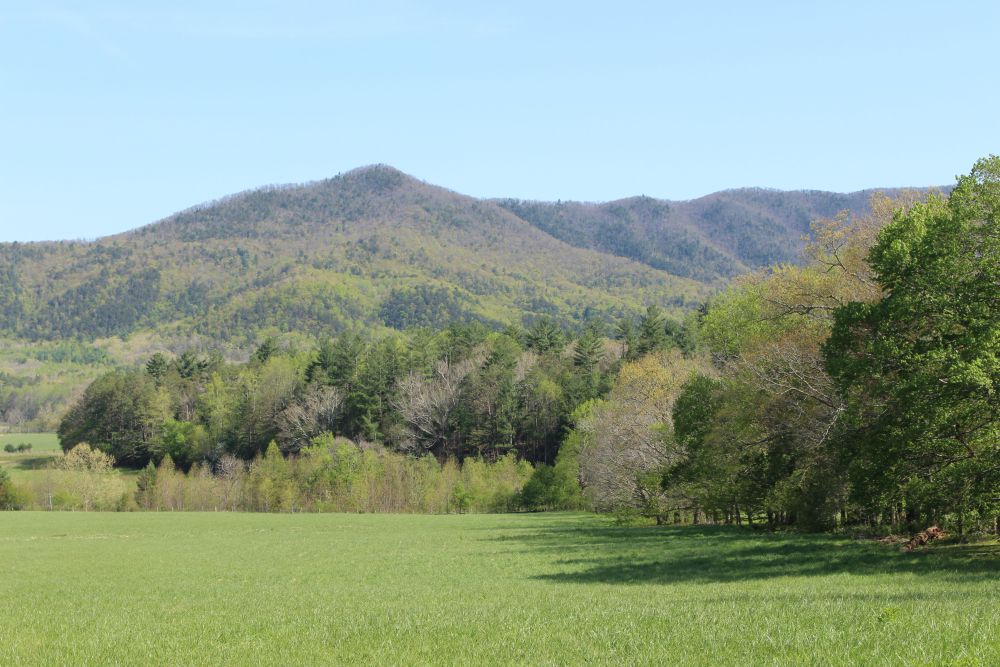
Where is the Great Smoky Mountains National Park?
Great Smoky Mountains National Park, in the southeastern United States, straddles the border between Tennessee and North Carolina. There are multiple visitor centers. The two most popular ones are:
Sugarlands Visitor Center: 1420 Little River Road, Gatlinburg, TN 37738
Oconaluftee Visitor Center: 1194 Newfound Gap Road, Cherokee, NC 28719
By car from Gatlinburg, Tennessee: The park’s Sugarlands Visitor Center is approximately a 10-minute drive from downtown Gatlinburg. There are free parking facilities at the visitor center.
By car from Asheville, North Carolina: The Oconaluftee Visitor Center on the North Carolina side of the park is approximately a 1.5 to 2-hour drive from Asheville. There are free parking facilities at the visitor center.
By Public Transportation: There is no direct public transportation to Great Smoky Mountains National Park. The most convenient way to explore the park is by private vehicle or taking part in a tour.
For more information about Great Smoky Mountains National Park, its opening hours, and admission fees, see its official website.
Have you been to Great Smoky Mountains National Park? If so, do you have any additional information or advice about this UNESCO World Heritage site? Please add your comments below!
